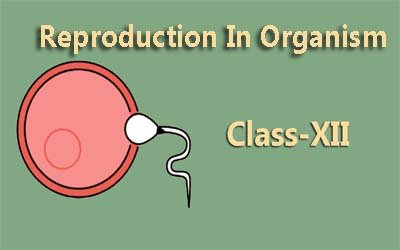Animal Kingdom - Class 11
The Animal Kingdom, explored in Class 11 Biology, encompasses the vast and fascinating world of animals. From the majestic tigers roaming forests to the microscopic worms living in soil, animals play a vital role in ecosystems. This kingdom is characterized by heterotrophic nutrition (they consume other organisms for food), multicellularity, and a wide range of adaptations for movement, reproduction, and survival. Here's a quick glimpse into the Animal Kingdom: Key Characteristics: Animals are multicellular eukaryotes that lack cell walls. They are heterotrophs, obtaining their nutrients by consuming organic matter from other organisms. Most animals are mobile and have complex sensory organs to perceive their surroundings. Incredible Diversity: The Animal Kingdom boasts incredible diversity, with millions of species classified into various groups based on shared characteristics. Ecological Importance: Animals play crucial roles in ecosystems. They are: Consumers: Herbivores graze on plants, while carnivores and omnivores feed on other animals. This maintains a balance in food chains. Pollinators: Animals like bees and butterflies play a vital role in plant reproduction by transferring pollen between flowers. Decomposers: Animals like worms and insects break down dead organic matter, returning nutrients to the soil. ক্লাস 11 বায়োলজিতে অন্বেষণ করা অ্যানিম্যাল কিংডম, প্রাণীদের বিশাল এবং আকর্ষণীয় বিশ্বকে অন্তর্ভুক্ত করে। জঙ্গলে ঘুরে বেড়ানো রাজকীয় বাঘ থেকে শুরু করে মাটিতে বসবাসকারী মাইক্রোস্কোপিক কৃমি পর্যন্ত, প্রাণীরা বাস্তুতন্ত্রে গুরুত্বপূর্ণ ভূমিকা পালন করে। এই রাজ্যটি হেটেরোট্রফিক পুষ্টি (তারা খাবারের জন্য অন্যান্য জীবকে গ্রাস করে) বহু-কোষীয়তা এবং চলাচল, প্রজনন এবং বেঁচে থাকার জন্য বিস্তৃত অভিযোজন দ্বারা চিহ্নিত করা হয়। এখানে প্রাণীজগতের একটি দ্রুত আভাস দেওয়া হলঃ মূল বৈশিষ্ট্যঃ প্রাণীরা বহুকোষী ইউক্যারিওট, যাদের কোষ প্রাচীরের অভাব রয়েছে। তারা হেটেরোট্রফ, অন্যান্য জীব থেকে জৈব পদার্থ গ্রহণের মাধ্যমে তাদের পুষ্টি অর্জন করে। বেশিরভাগ প্রাণীই সচল এবং তাদের চারপাশ অনুধাবন করার জন্য জটিল সংবেদনশীল অঙ্গ রয়েছে। অবিশ্বাস্য বৈচিত্র্যঃ প্রাণীজগত অবিশ্বাস্য বৈচিত্র্য নিয়ে গর্ব করে, লক্ষ লক্ষ প্রজাতিকে ভাগ করা বৈশিষ্ট্যের ভিত্তিতে বিভিন্ন গোষ্ঠীতে শ্রেণীবদ্ধ করা হয়েছে। পরিবেশগত গুরুত্বঃ বাস্তুতন্ত্রে প্রাণীরা গুরুত্বপূর্ণ ভূমিকা পালন করে। তারা হলেনঃ ভোক্তাঃ তৃণভোজীরা গাছপালা খায়, অন্যদিকে মাংসাশী এবং সর্বভোজীরা অন্যান্য প্রাণীদের খায়। এটি খাদ্য শৃঙ্খলে ভারসাম্য বজায় রাখে। পরাগরেণুঃ মৌমাছি এবং প্রজাপতির মতো প্রাণী ফুলের মধ্যে পরাগ স্থানান্তর করে উদ্ভিদ প্রজননে গুরুত্বপূর্ণ ভূমিকা পালন করে। ডিকম্পোজারঃ কৃমি এবং পোকামাকড়ের মতো প্রাণীরা মৃত জৈব পদার্থ ভেঙে মাটিতে পুষ্টি ফিরিয়ে দেয়।
English
Last updated
Wed, 27-Nov-2024



















